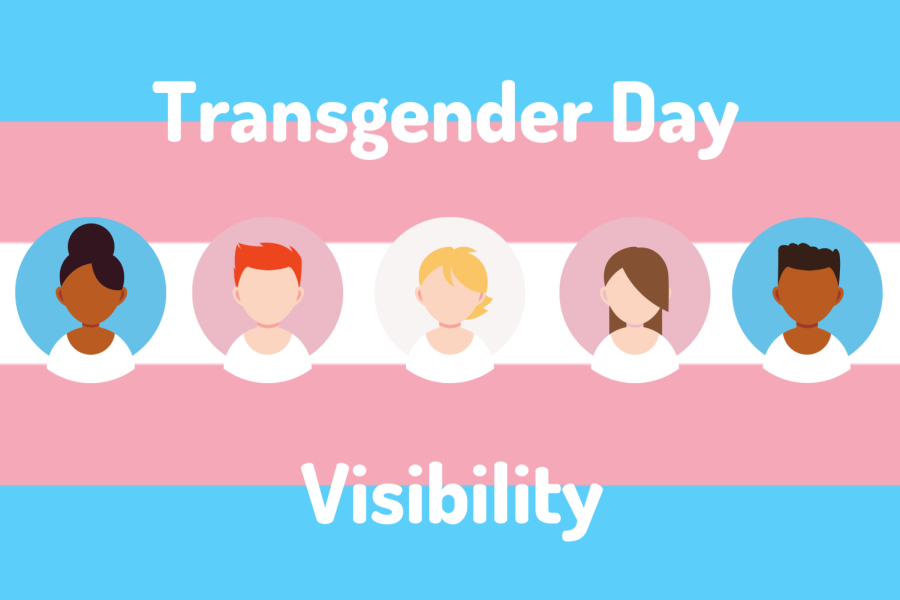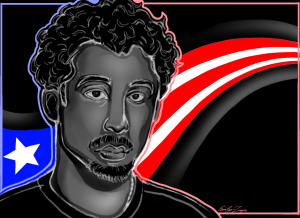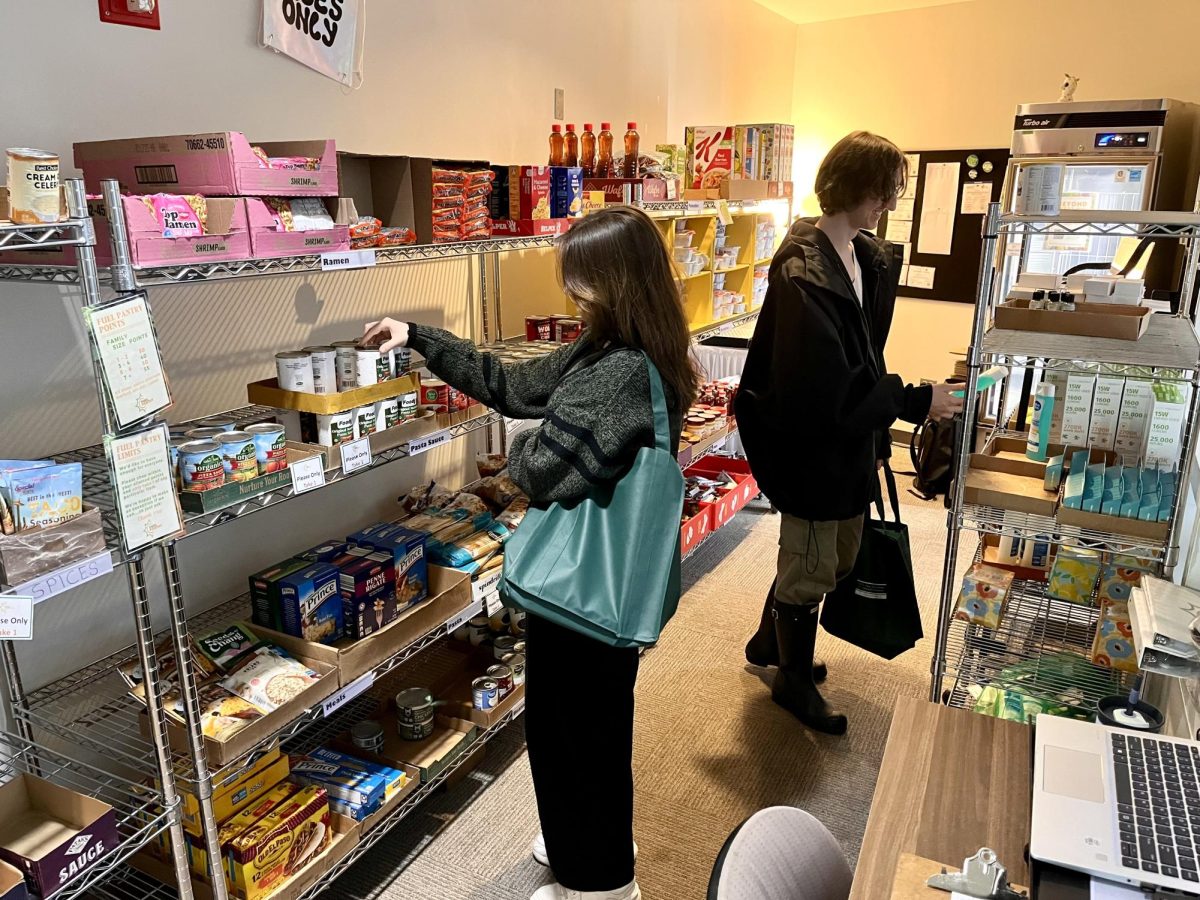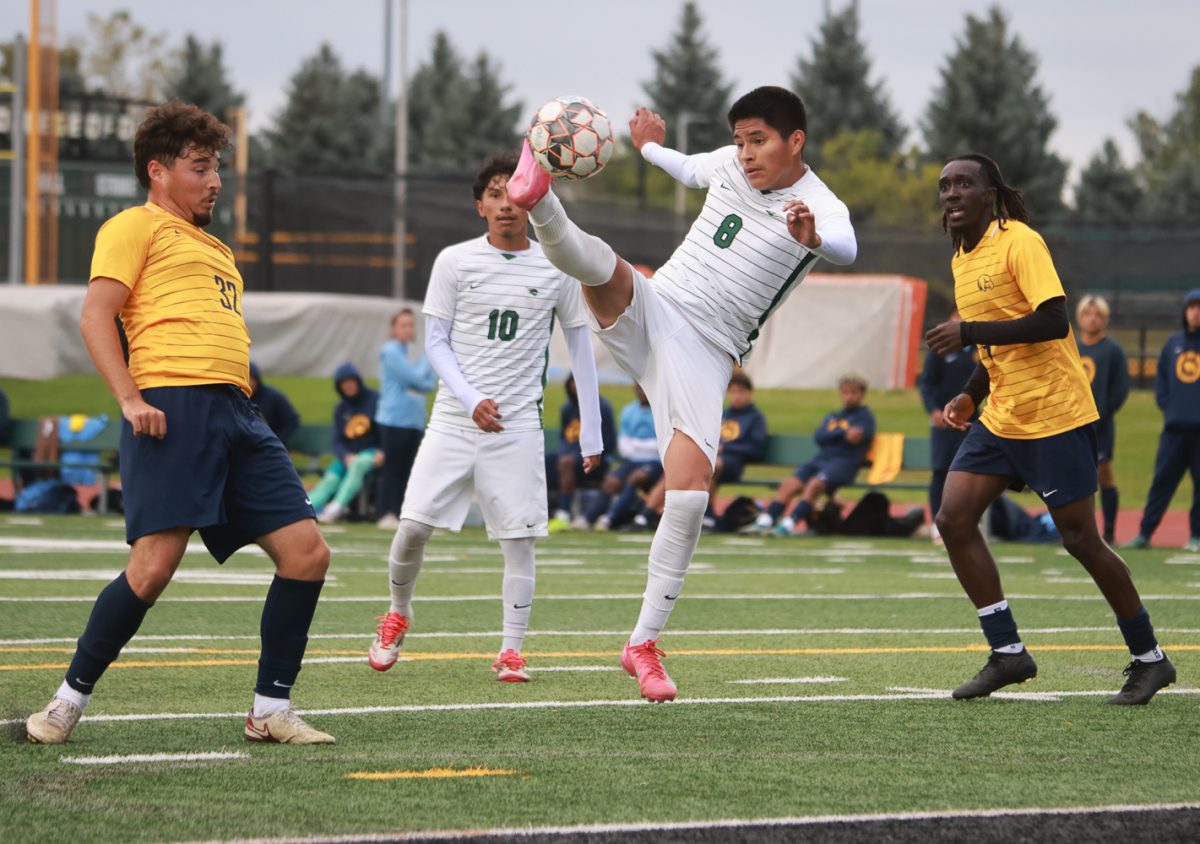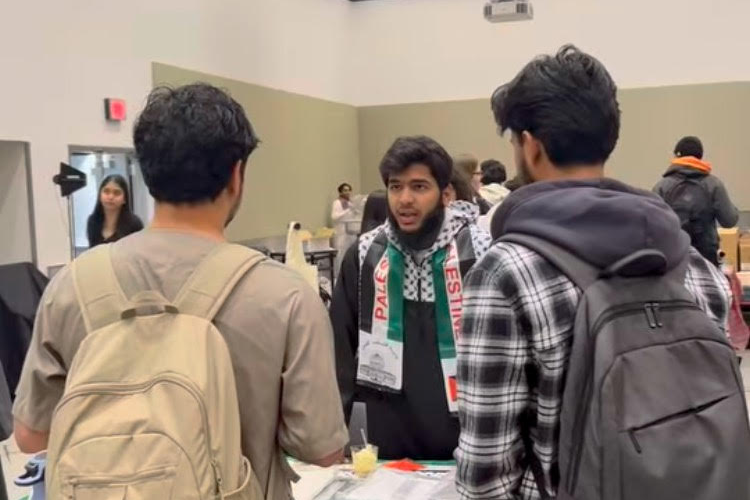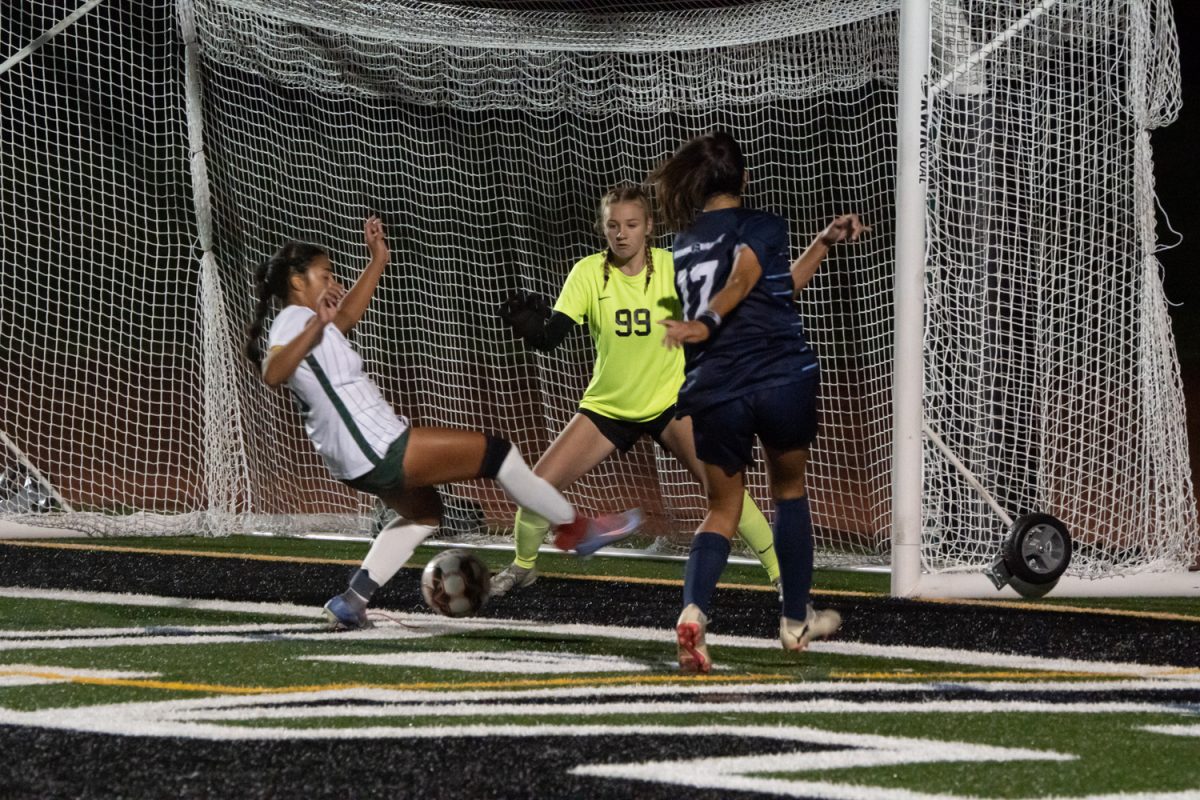Learning about Trans Day of Visibility
March 31 marks Trans Day of Visibility, members of COD’s Pride Alliance detail what that actually means and how to better support that trans community year-round.
March 20, 2022
Most people are aware of and accept June as Pride month, a month dedicated to celebrating and protesting for the rights of the LGBTQ+ community. However, those who support the LGBTQ+ community say that support shouldn’t start and stop with June. March 31 marks Transgender Day of Visibility, a day to spread awareness about the struggles and successes of the trans community.
Hugo Gebner, the president of the Pride Alliance at COD, said Trans Day of Visibility is an important day because the trans community is too often overshadowed.
“Trans Day of Visibility is a day to sort of raise awareness and just really shine a light on the trans community,” Gebner said. “So much of the time, even within the LGBT community, it seems like trans people sort of take a backseat, which is interesting to me because the modern LGBT movement, at least in America, was founded by trans women.”
Trans Day of Visibility is coupled with Trans Day of Remembrance on Nov. 20. James-Oliver Mack– who runs the trans support group, Transform, through the Pride Alliance– said that Trans Day of Visibility is more about celebrating trans people’s successes.
“Instead of focusing on crimes that are committed against trans people, we focus on a lot of positive parts of being trans and being seen by other people,” Mack said. “It’s important for people who are trans to be able to express themselves and to be able to say, ‘Hey, this is about me and my experience in life and how this has changed by the fact that I am trans, but I’m still out here. I’m still living. I’m still able to have a life where I experience joy.’”
Jun Tucker, another Pride Alliance member agreed.
“It’s about bringing trans people into visible spaces,” Tucker said. “You know, visible as in trans people sharing their stories, visible as in calling attention to trans people in history and today who are influencing the culture. Bringing visibility to the concept of being trans in general and trans people in general.”
While Trans Day of Visibility is about giving attention to trans speakers and the trans community as a whole, support should occur all year long, Pride Alliance members said.
“If somebody says, ‘Hey don’t tell this person or this group of people that I’m trans,’ respect that,” Mack said. “Always respect that. Don’t out people. But if they still want you to call them a different name or use different pronouns in private, respect that as well. It can be really difficult to use different names for people in different contexts, but it is possible. ”
Tucker believes it’s important for allies to acknowledge where they stand in relation to the trans community.
“I think one thing for allies, in general, to recognize is that one of their most valuable tools and most dangerous thing is that they hold a position of privilege over trans people or any other marginalized people,” Tucker said. “So I think a really important skill for allies to have is discretion. To know when to speak up, so that trans people don’t always have to be the ones defending themselves, but also knowing when to sit down and listen.”
Gebner agreed, saying allies should challenge their internal thinking.
“Just being mindful about your own experiences with gender. I think it’s a good day to reflect on things like, ‘what are some biases I may have? What are some preconceived notions I may have?’” Gebner said.
Tucker said one of the best ways to get involved with Trans Day of Visibility is to spread awareness for the day and help boost the voices of trans individuals.
“Just spreading the word from trans people sharing about it, but not necessarily detracting from trans voices speaking on the topic,” Tucker said. “Spread the word, because the idea is to make the topic more visible. Also, if you have the time and energy to do a little research on the topic, to learn a bit more about trans people, about being trans, specific trans people in history or about what being trans entails. Just familiarize yourself more with the topic. The more you hear from lots of different people, the less you’ll be affected by negative ideas of us. And the more you’ll kind of realize, ‘Oh, we’re just normal people.’ We have jobs. We go to school, go to bed and wake up.”
For people interested in researching more about the trans community, the Human Rights Campaign has a selection of articles to read to further your understanding of the trans community as well as a guide with statistics to better understand the trans community.
For those who can financially help, donations to trans support groups– such as GLSEN, the National Center for Transgender Equality, and the Marsha P. Johnson institute– can help further support the trans community.



